Perhaps you’ve seen it at your garden center. Maybe you even know how to use it.
But what is peat moss? And is its use in the garden necessary?
Staring in the 1950s, sphagnum peat moss became widely used as a principle ingredient in the potting soils sold in the United States. It has been used for hundreds of years in the UK and Europe as an amendment.
Peat moss’s principle benefits are its water retention property, improvement in soil texture, and its ability to help keep nutrients from leaching out of the surrounding earth.

We link to vendors to help you find relevant products. If you buy from one of our links, we may earn a commission.
However, there are environmental concerns about peat’s use due to the release of carbon as it breaks down in the soil.
Keep reading for the facts about a common soil additive that many growers swear by and alternative materials that can be substituted.
What You’ll Learn
Why We Like It
When it gets to consumers, this somewhat spongy material is dry and brown, and is sold in bags or bales and marketed as an alternative to compost.
Gardeners adore its dry and airy texture and have been using it in their soil for decades.
It absorbs water like nothing else, which is why it is often used to give seeds a good start in arid climates.
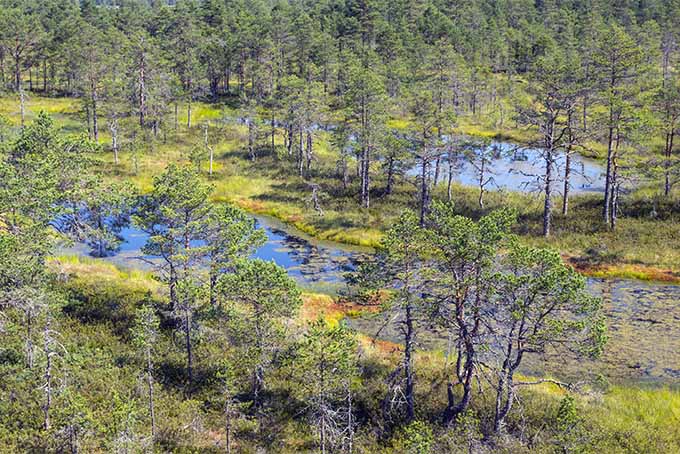
Used as a soil amendment, it can add “fluffiness” to the soil. But what do I mean by that?
Soil that is mixed with peat is much less dense. It behaves like lignin (decomposed wood cellulose). It doesn’t get compacted, which can suffocate new seedlings or cause root veggies to become stunted because they can’t push through dense clay soil types.
In a word, peat is springy. Just squish it between your fingers. You’ll see what I’m talking about.
Gardeners also like that its introduction to the garden causes no disruptions. There are no pathogens, bacteria, bugs, weed seeds, or other nasties to worry about, like you might find in other soil amendments.
In essence, you can add it in with no worries that you will introduce harmful elements to your soil.
This amendment has been revolutionizing gardening for years.
It’s often marketed as a simple, one-step solution to attaining the soil of your dreams. It’s also a $500 million industry in Canada, the leading supplier of horticultural peat products sold in the United States.
Sounds great, right? So why would anyone have an issue with this supplement?
Well, it can cause your soil to become more acidic. Though this can be a problem for some plants, this also means it’s a great solution for growing plants that love more acidic soil, like blueberries.
We’ve also known for some time that adding this product to amend the soil around pink hydrangeas can be the boost they need to turn them blue.
But what if you don’t want a more acidic soil? You will need to balance it out, usually with lime, to keep your pH from going awry.
This product isn’t the most affordable soil additive either, so you’ll want to add that factor into the equation, as well.
And this product has costs beyond what you pay at the garden center, too.
Let’s learn more about this gardening ingredient, and why its production can be controversial.
What is Peat Moss?
As it exists in nature, peat moss is made up of layers upon layers of partially decomposed plant remains — such as sedges, reeds, mosses, and grasses — and is formed over thousands of years when an abundance of water and the absence of oxygen affect the natural processes of decay, according to the Royal Horticultural Society, a British conservation group.

Peat moss is found in bogs — swampy, mucky, waterlogged areas primarily located in the northern hemisphere.
In fact, Canada, Finland, Ireland, and Russia are the primary sources for the commercial products.
Scotland, too, is home to much bog, with 23 percent of the country being covered with peat. But most of Scotland’s peat is protected, not commercialized.
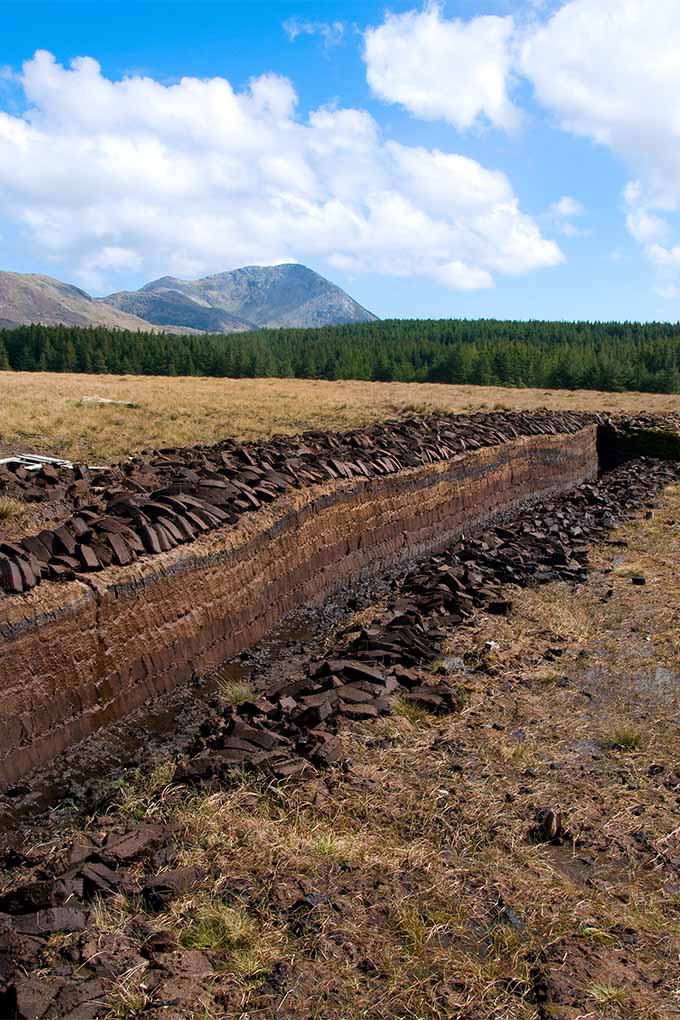
A plant called sphagnum moss is often found growing on top of the layers of peat moss, but this live plant material should not be confused with peat moss, which refers to the often-ancient layers of decomposed material.
Harvesting History
Harvesting this soil amendment requires a bog to be drained of all near-surface water. Then, layers of native vegetation must be removed.
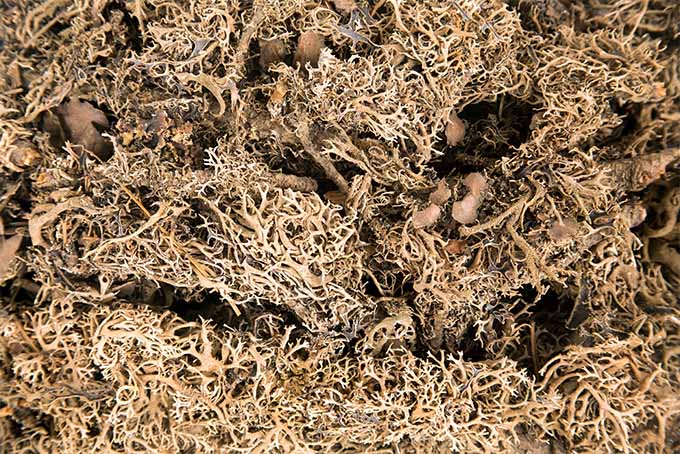
When the top layer of decomposed material is exposed to the elements, it begins to dry out and becomes suitable for a process known as “scraping.”
Commercial harvesters use large vacuums to harvest up to 100 acres of peat per day during the harvest season.
The commercially more desirable material (which is newer and less decomposed) is found toward the surface and is marketed differently than the lower layers.
What’s Wrong With Using Peat Moss?
The scraping or harvesting process conducted to glean this product is under scrutiny, as the peat bogs provide a habitat for a variety of creatures, including certain species of plants and frogs that are unique to peat bogs and mires.
In order to access peat, there is a considerable disruption to these living things, and the removal of peat acres also decreases overall production of necessary gasses and nutrients.
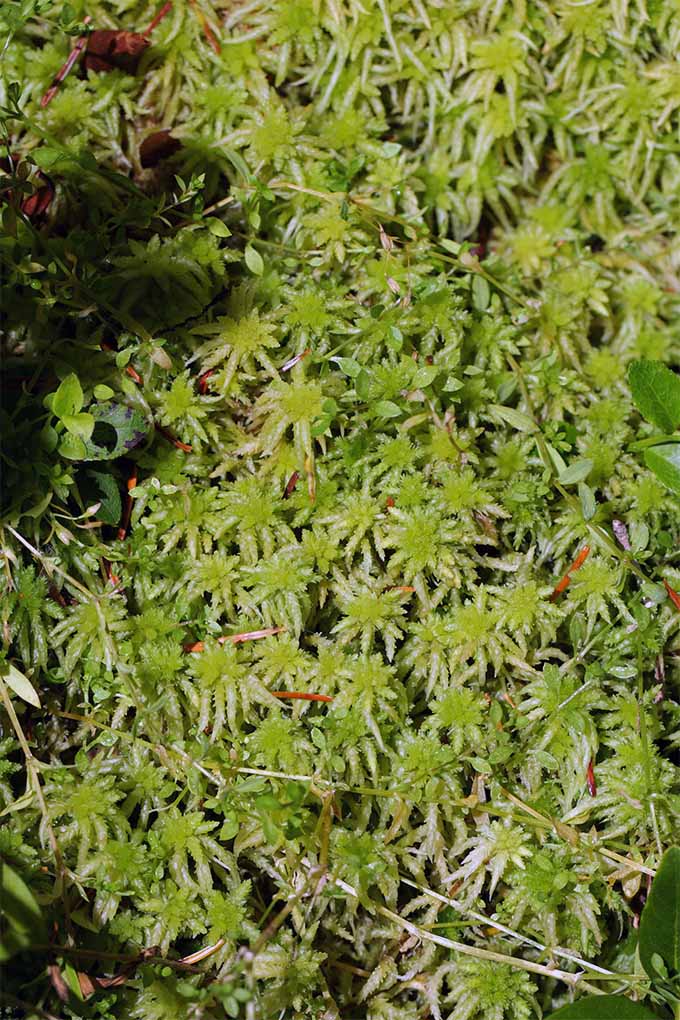
Manufacturers have found themselves defending the practice of mining and selling these products to consumers. They claim that they are using responsible practices to ensure that what they take is growing back at a healthy rate.
The rate of growth varies widely — including as slowly as 1/16-inch per year — and all countries do not regulate these products the same way. While Canada has done a good job of tracking overall reserves, other nations continue to harvest the material without any standard enforcement of sound ecological practices.
This has caused other regions to respond by issuing bans on certain uses of this soil amendment. Ireland, which has stopped peat mining for good in certain regions, is leading the charge for change.
Scotland is returning acres of peatland to their natural state after misguided timber companies seeded trees on ancient bogs decades ago. Scientists there found that peatlands are an important part of our ecosystem for their ability to absorb and retain carbon dioxide.
Government groups around the world continue to work with ecological experts, colleges, and industry leaders to adjust standards as needed to keep depletion at a minimum.
A Look at Suitable Peat Alternatives
Many of us consider peat a gardening necessity, even if it has only been popular in the last 20 years.
That means generations before us found other means of amending their soil. It’s worth considering whether these alternatives might be more suitable, given how long it takes peat bogs to replenish.
Let’s take a look at a few of them:
Compost
One effective method of amending soil for density and drainage control is by adding a suitable compost.
Admittedly, compost takes time to produce, and we don’t always have the weeks or even months needed to get the right consistency or pH by making it ourselves.
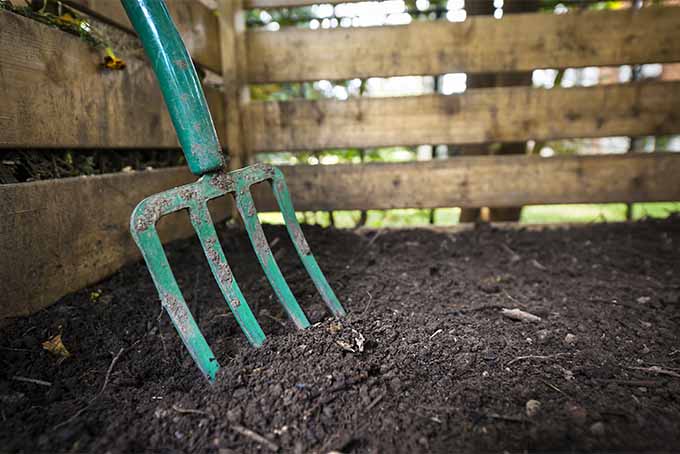
It also compacts quite a bit more than peat, so if you are looking for that airy benefit, you won’t get it here.
But if we do have the time and foresight required, this is an excellent way to avoid the peat conflict altogether.
What kinds of compost work well in place of peat?
You can certainly use what you have on hand, but compost made from crushed eggshells, shredded corn cobs, used coffee grounds, and fruit and veggie scraps is the easiest to work with.
For additional tips on making fantastic compost, see our beginners guide here.
A special compost blend made from alternating layers of manure – from herbivores only – and straw is also recommended. As the manure breaks down the fibers in the straw, a lighter and airier compost forms that is comparable to peat moss in its density.
Leaves, Mulch, and Sand
In addition to fully decomposed compost, you might have success aerating the soil directly with other natural materials.
I’ve found that dried fall leaves can be broken up to make a fine soil amendment. Wood from a chipper may be produced finely enough to have a similar benefit.
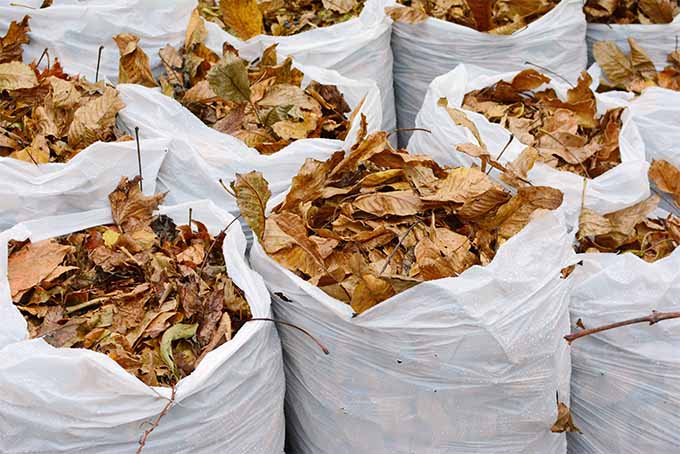
Dried lawn clippings may work well too, as long as they have not been chemically treated in any way.
If better drainage is all you are after, a fine layer of sand could do the trick. This can be especially effective when growing certain vine fruits and veggies.
For example, watermelons love an extra inch or two of sand worked into the topsoil, and it’s far more affordable than peat for amending the soil in large areas of the garden.
Perlite
Perlite is another little-known tool that has made gardening a dream for me, and has rescued me from many tricky situations.

This product is a puffed-up volcanic rock material that resembles tiny foam balls, and it is available by the bag online and from garden supply stores.
Small cavities on the surface of each particle of perlite help to retain water, and keep nutrients near root systems. It also promotes drainage by keeping the soil airy, as each particle is comprised of tiny air passages.
Perlite is currently sold by many major gardening supply manufacturers.

For example, you can find an 18-quart supply of perlite from Hoffman available via Amazon.

If you need a smaller quantity, try this eight-quart bag from Espoma, available from Amazon.
We use perlite for seed starting, improving raised beds, and lightening the bottoms of large planters that need good drainage. And it really works miracles in my garden without affecting the pH of the soil.
While it’s a non-renewable resource, it’s currently very cheap to procure, is very efficient by volume, and stands to hold up well to worldwide demand.
Vermiculite
One final option is vermiculite, which is often used interchangeably with perlite in conversation – but they are not in fact the same.
Perlite, as described above, is made from super-heated volcanic glass, and it resembles foam or popcorn. Vermiculite, which is soft and spongy, is made from super-heated aluminum iron magnesium silicates that resemble mica in appearance.
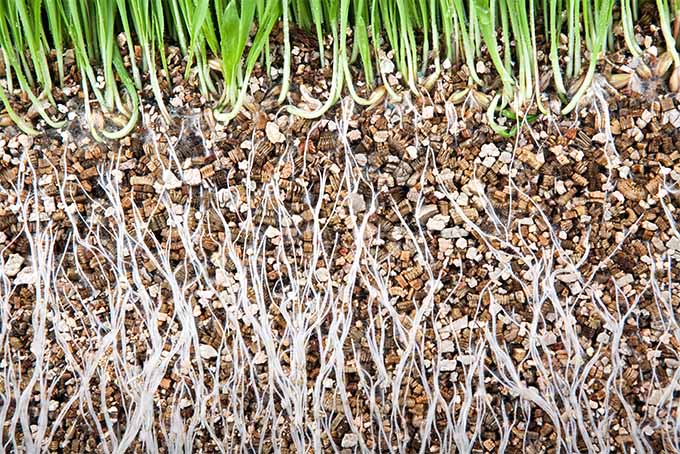
Because it expands so much during its heating process, it has the ability to absorb three to four times its volume in water. It also does an excellent job of retaining minerals needed for plants to grow, making it one of the better soil additives for root growth and health.
Vermiculite is produced by several companies, and is usually offered in four particulate sizes.
The tiniest is most commonly used for starting seeds. It is very close to neutral in pH, but can be slightly alkaline, depending on where and under what conditions it was mined.

Perfect Plants Organic Vermiculite
You can find eight-quart bags of organic vermiculite via Amazon and from the Perfect Plants Nursery.
There is currently very little information on whether this substance is at risk of being depleted in the near future, but there is no way to replace the materials that make it.
There has also been some concern regarding the safety of vermiculite, mostly likely due to an asbestos contamination event at a Libby, Montana, mine, which closed in 1990.
The Libby mine harvested both asbestos and the material needed to make vermiculite. The vermiculite became contaminated with asbestos, causing products to be contaminated.
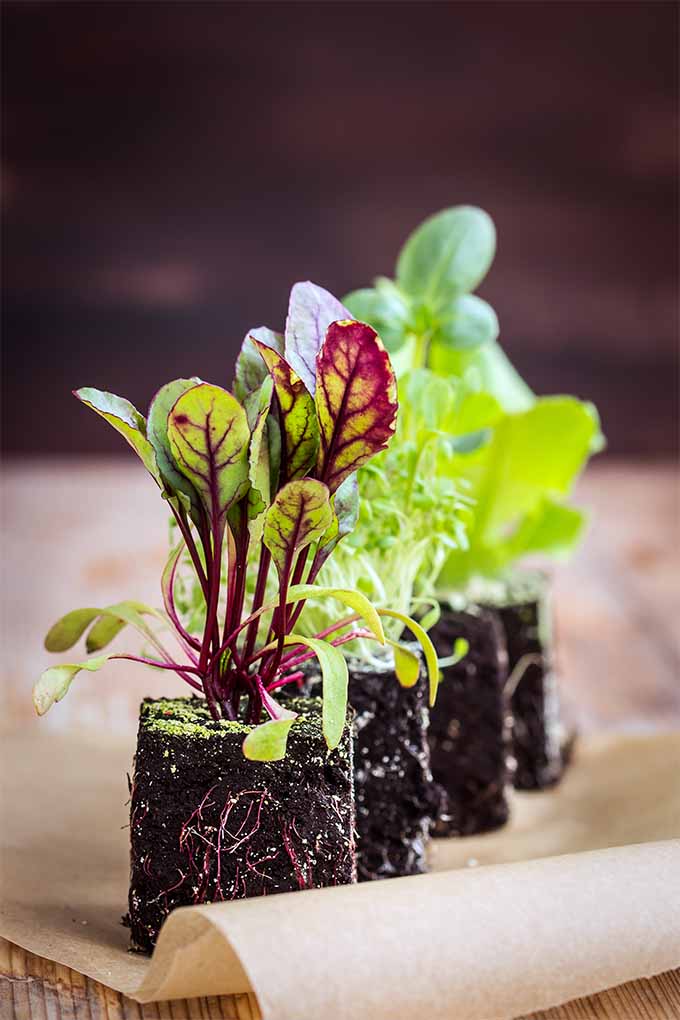
Vermiculite sold today would not come from this now-shuttered mine, nor would it be in the supply channel after all this time.
Regarding perlite and vermiculite, your best bet is to experiment with these materials to see what you like best. I know many gardeners who choose one option for seeds, another for potting mix, and something else for raised beds.
Your mileage may vary, but either option is suitable for most purposes.
Coconut Coir
Another option for supplementing the soil is coconut coir. The outside fibers of coconut shells are used to make this material.
You can actually find coconut coir as a stand-alone option or in many garden soil mixes, combined with the other solutions we mentioned, such as peat, perlite, or vermiculite.
Since it is a byproduct of existing coconut harvesting, and was originally considered waste, it is a very eco-friendly alternative to peat. It absorbs water and can also help lighten the density of the soil, promoting drainage.
It has become a favorite among hydroponic growers and worm farmers in the past few years, and is available from local stores and online.

You can find coconut coir from FibreDust available via Amazon.
Should You Ever Use Peat?
Very few of the resources that we use in gardening are truly renewable. Mulching and compost, via wasted plant materials and our garbage, are probably among the most sustainable options out there.
That doesn’t mean that peat doesn’t have a place, however.
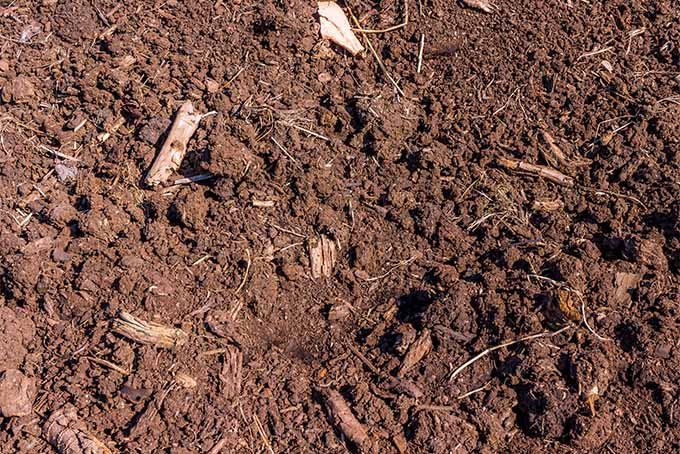
If you find yourself using more materials and resources than necessary to avoid using this soil amendment, you might be doing more harm than good. A small amount of peat has the possibility of saving water, fuel for your tiller, or a drive to the recycling plant for DIY mulch ingredients.
If you are a good steward of the small amount of this product you purchase, it may be a worthwhile investment for your garden.
Only you can determine the total cost of using this dearly loved gardening tool. I know that many gardeners have weighed the impact of using just a small amount of this soil amendment wisely and have found it to be appropriate.
Do you use this product in your garden? We won’t judge! We’d love to hear how you are getting the most out of your peat purchases, as well as other ideas for amending the soil in a similar fashion!
And for more information about soil improvement and composting, check out these guides next:
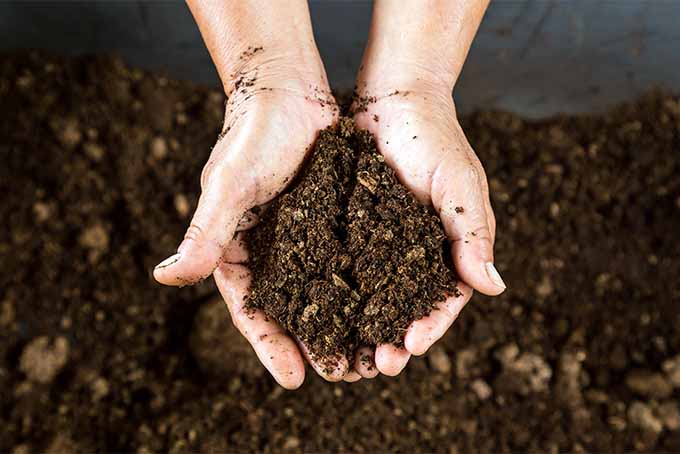

Great article! Thanks for writing it
Very well written and informative. Thank you. 🙂
I appreciate your article, all are great amendments that are readily available. In my eyes, the peat is already harvested and in stock in all local Lowe’s and Home Depot stores. They are there to buy and someone is going to buy it and more will be delivered. Don’t give yourself a guilt trip over it. Your one or two bag purchases isn’t going to make any dent to the whole picture. Buy it. Use it. Or someone else will.
Thanks for the interesting and fact-filled report. I am using it sparingly in my potting soils.
Hi Dennis, what percentage of peat are you using for your pots?
Excellent informative article. Much better than all the others i read on this topic. A simple question: should I use peat moss around my tomatoes to help reduce blight caused by water splashing up dirt onto the lower leaves? Seems peat moss would help stop the splash up while softening the soil and retaining water. What do you think? (By the way, I rated the article 5 star but it registered two star but it’s 5 star!)
Hey, thanks for the comments – we genuinely appreciate the feedback! Peat worked into the soil probably won’t offer too much protection from splashing, though it can certainly make the soil a bit more absorbant and springy. I also wouldn’t recommend peat moss as a mulch on top of the soil to protect your tomatoes for a number of reasons. One, it doesn’t always stay put because it’s so light. It also tends to dry out quickly when it isn’t mixed into the soil or it can absorb water from the soil, depriving your tomatoes. That doesn’t mean peat can’t… Read more »
Remove the leaves from the bottom 8″ or so from your tomato plants so water doesn’t splash on them.
I am a beginner in terrace Gardening from New Delhi, India
Interested in learning and to practice at the same time share the information to my close contacts
hey. Did you continue in your efforts to garden?
This was very helpful thanks! I bought a cubic yard of black garden soil. The supplier says its made of “black loam, peat loam, well-composted manure and a touch of mineral soil for stability.” do you think that peat loam and peat moss are different? It defintely is not holding onto moisture, and wondering what to add? I added worm castings and plan to add compost, any suggestions on which of these options would be best for water retention? Vermiculite?
Glad our guide could help! Peat loam is different from peat moss. Peat loam is clay, sand, soil, and peat moss mixed together. Work in some extra peat, perlite, or coco coir to increase water retention.
There is a difference between coir and peat that you failed to mention. Peat does absorb water, but coir retains far more water per unit of volume. As a result, coir is NOT recommended for self-watering systems as it can water-log the soil and cause root rot. Coir is used for potted plants and well-drained or sandy soils, otherwise peat is the better option. HOA regs preclude composting, but I do make it a practice to add ground eggshells (an old coffee grinder works great) and dried coffee grounds to the soil in my raised beds. They are also sprinkled… Read more »
We dress our 12 blueberry plants every spring with peat. a bale lasts at least a couple seasons. Our soil is highly alkaline so we also use pine needles and azalea fertilizer. I have no qualms about using peat.
Sounds like you have a good system in place. Thanks for sharing.
Great article with some good information!
I still use peat, but I cut it 50/50 with coco coir.
I did want to mention there are much better alternatives to perlite/vermiculite to add drainage and avoid compaction; volcanic stone, pumice stone, rice hulls, silica sand, Hydration (clay pebbles), river stones… Perlite breaks down over time, and vermiculite can cause your medium to be oversaturated with water if used incorrectly (or with the wrong plants), both are non-renewable resources with a high environmental impact due to the processing they require.
🙂